World aid project: We Wilder project WWF Romania - Landscape's architect
- XPLORid

- Apr 8, 2023
- 3 min read
Remember 2021? We cycled from Greece to Nordkapp and then to the Netherlands. While doing so we visited the We Wilder project in Romania. Back then this project was still under construction.
We want to show you how we support nature projects like these in a direct and local way by making pictures of the projects. The wait is over. You can now book and visit We Wilder Romania to have a true nature experience and see the European bisons.
Fifty European bison remained when this species was threatened by extinction. Conservation projects worldwide returned 5,000 European bison into the wild. In partnership with Rewilding Europe, the WWF's WeWilder project in Armenis (Romania) focuses on the reintroduction of the bison in the wild and improving its habitat.
In March 2021 we were at the foothills of the Tarcu Mountains in the Southern Carpathians of Romania: in Armenis. Also called the Bison Hillock rewilding area.
A positive influence on nature
The WeWilder project protects 65 bison in the long and wide river valley near Armenis. The bison is the largest herbivore on earth. It's also called the landscape’s architect. Due to its grazing, this animal keeps the landscape open. In addition, its grazing is not as deep, which increases the biodiversity.
Another advantage of the bison for nature is that it can serve as a food source for birds of prey such as vultures. The law to dispose of carcasses does not apply to wild animals.
Threats
The biggest threat to the bison is the large number of dogs in Romania. More than 30,000 dogs caused so many problems in the cities people chased the dogs into the forest. The dogs scare the bison. There are not enough wolves to exterminate the dogs. And the hunters don't want to waste their bullets on them. The arrival of the golden jackal, which does not belong here, will make the problem even worse in the future. They hunt the same animals as the wolf.
European versus American bison
Due to human civilization and expansion the European bizons were forced to go to the mountains. That's why its back is much taller compared to the American bizons. To be able to climb mountains it needs more strength in the front legs.
Spotting bison with a WWF ranger
Matai has been a ranger at WWF's WeWilder Project since 2014. He knows better than anyone how to track bison tracks and to follow a herd. During our hike we spotted a herd of bison several times and we had some really nice close encounters. We caught our experience on video.
Cooperation
The WeWilder Project doesn't solely protect the European bison. They also ensure that the local population benefits from the conservation of this species in Romania. They cooperate in various areas. Four wheel drives from local hunters are used to take tourists to the mountains. At the foothills walking tours are organized to spot bison. Other locals provide lunch during the walking tour and dinner afterwards.
Through the WeWilder social enterprise, the local population receives a compensation for the nature conservation. In this way the value of nature increases to them.
WeWilder center
The base of these nature activities is the WeWilder center. A place where you literally go back into nature. Your stay will be in tiny houses made of wooden shingles. It is fully focused on ecotourism. Cooking is done with local products and the sanitary supplies are biodegradable.
In 2021 the center was still under construction, but now it's finished. Will you be the first one to spot the bison in an ecological way?
Our support
To be able to organize these nature activities in a green way, there is a need for cooking pots, plates and cutlery, seating mats, bear spray and red lights. Everything as nature-based, so bio-based plastics when possible. Through our Foundation XPLORid we supported the WeWilder center by purchasing these materials.





















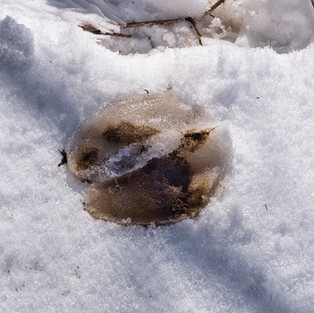







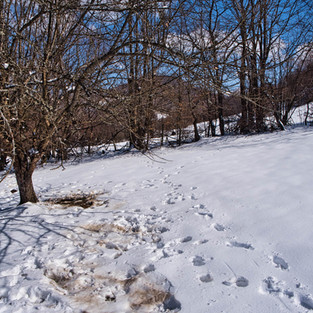



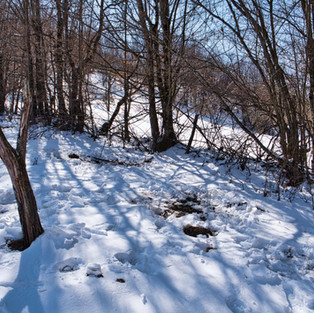

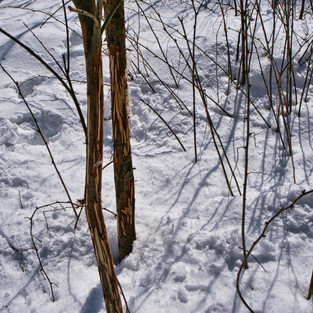

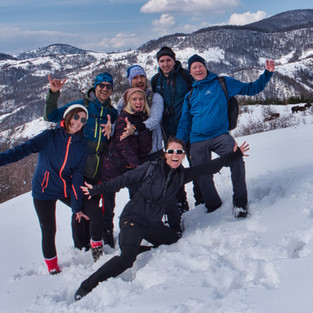















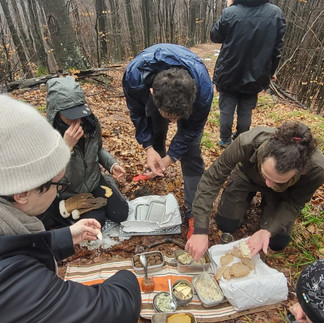







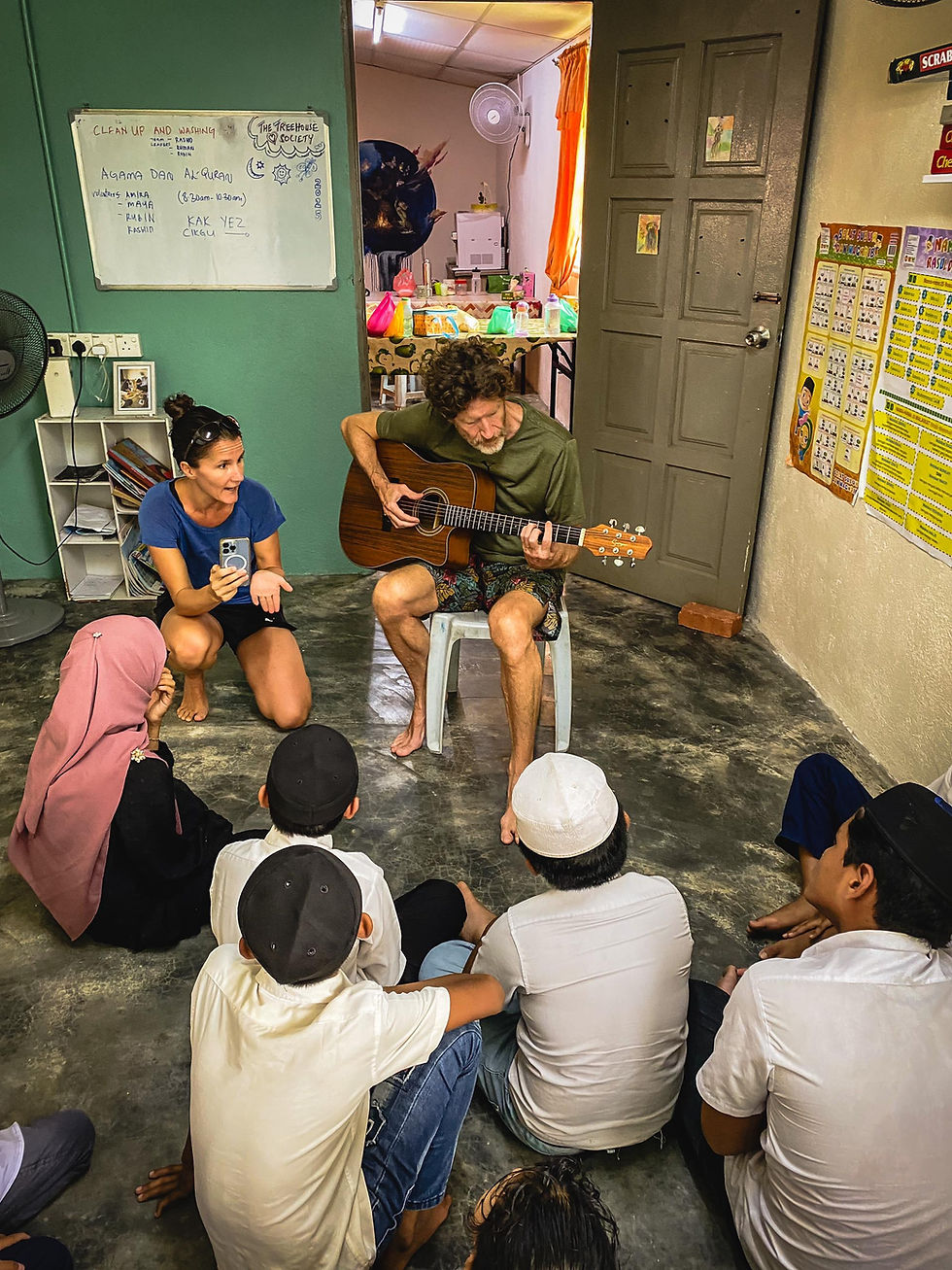

Comments